Premium Only Content
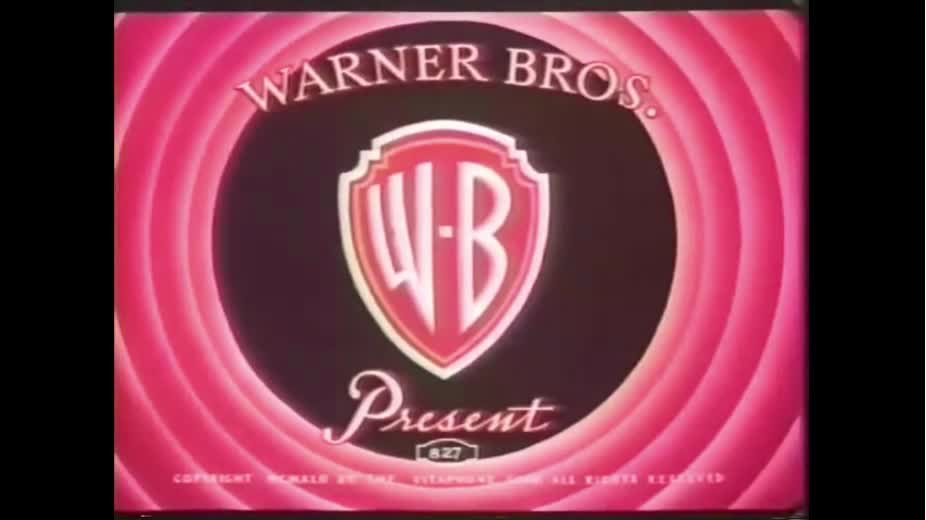
Coal Black and de Sebben Dwarfs c. 1943 : The Censored Eleven
Very few books on the history of American animation leave out the film Coal Black an de Sebben Dwarfs. This 1942 “Merrie Melodies” cartoon from Warner Brothers is a one-film time capsule of the peak of American cartooning. The film displays energetic, elastic animation of its characters. It engages in a mixture of verbal and visual humor.
The jazzy score and the vocal performances provide a perfect aural complement to the graphics, and the sounds gave the film an urban feel that was on a par with new star Bugs Bunny’s New York-ish speech. In addition, the studio’s parody of Walt Disney’s recent movie Snow White brings to the forefront the competition that animators at non-Disney studios felt against the cartoon giant. Coal Black was by no means going to displace Snow White’s popularity, but it announced to audiences that there was more than one way to tell a fairy tale.
And there’s one other thing–the entire cast is African American caricatures. Director Robert Clampett sought African Americans to voice the characters and perform the film’s music. Several books and articles have noted Clampett’s fondness for African American jazz and his insistence on the entertainers he hired for the film. As a result, the cartoon sounds unique among all the cartoons produced by Warner Brothers before or since Coal Black, with the possible exception of Clampett’s Tin Pan Alley Cats.
The African American characters are part of the cartoon’s ultimate downfall, however. Coal Black was the first cartoon that the National Association for the Advancement of Colored People condemned. When issuing its statement of opposition in 1943, the organization claimed that the film hurt the Allied war effort by depicting US soldiers as dwarfs. The caricatures gave the enemy some useful propaganda to undermine the Allied cause, according to the NAACP. My book The Colored Cartoon discusses this controversy in greater detail. Regardless, the NAACP’s call for the cartoon’s removal from theaters fell on deaf ears, and the film received rave reviews. However, Coal Black did not ever have a “Blue Ribbon” reissue before becoming part of the television syndication package in 1956.
Twelve years later Coal Black landed in the Censored Eleven, and there are several possible reasons why. All of the characters have the standard ethnic caricature of big lips, and the prince has dice for teeth–an homage to the hoary gambling stereotype attached to African Americans. Dialect abounds, right down to the prince’s full name “Prince Chawmin” and the full title of the cartoon itself. The songs also have the dialect, as when the heroine So White sings, “I washes all day.” Among the African American dwarfs is a Stepin Fetchit caricature, and the Wicked Queen is a bandanna and slippers away from a mammy caricature. In addition, any film that aroused the NAACP’s ire in 1943 was a shoo-in for inclusion in the Eleven in 1968.
Also, the film’s depictions of African Americans reflected some realities of African American life in 1942, and these images may also have been part of the film’s undoing in 1968. The dwarfs are an all-African American military unit, and this grouping acknowledged that the United States did have at that time a segregated army. So White’s job as a laundress was one of the most common occupations for African American women at the time, especially in the Jim Crow South. Thankfully, the Armed Forces were integrated by 1968, and the Civil Rights Movement opened more vocational opportunities for African Americans. However, the airing of Coal Black on television reminded African American viewers of this recent past. Also, in 1968, the involvement of the US Armed Forces in the Vietnam War was at peak troop levels. At a time when Martin Luther King, Jr. was reminding people that integrated units could die together in Vietnam but not live together in Chicago, Coal Black brought to mind that the units weren’t always integrated, either. In other words, Coal Black was still not helpful to African American troop morale in 1968.
Essentially, Warner Brothers used African American cultural expression as an anti-Disney approach to animation, and in this regard Coal Black is not original. Max Fleischer had used African Americans as a collective creative muse in the 1930s, and Walter Lantz’s “Swing Symphonies” also did so during the war. However, the non-Disney studios were just searching for ways to compete with Disney without imitating him, and when they found their grooves, they discarded African American performance. Thus, no matter what free rein Clampett and other animators may have given to the African American performers to “do their thing,” the studios were always in control of the content. They did the production, the direction, the animation, and the dialect-filled writing–just like with the other ten films in the Censored Eleven.
https://cartoonresearch.com/index.php/the-censored-11-coal-black-and-the-sebben-dwarfs-1943/
-
 0:54
0:54
Crowjo1969
4 years agoCoal the black pug
103 -
 7:15
7:15
Zhengyan
4 years agoBlack sage
139 -
 11:46
11:46
PermaPasturesFarm
4 years agoBlack Privilege
2875 -
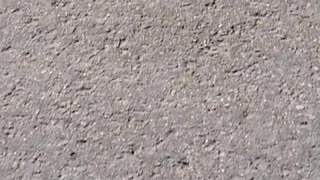 0:37
0:37
nivix
4 years ago $0.01 earnedBlack hills
118 -
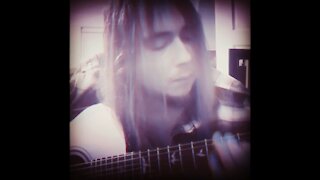 2:16
2:16
Gorlag
4 years ago $0.04 earnedCensored content
347 -
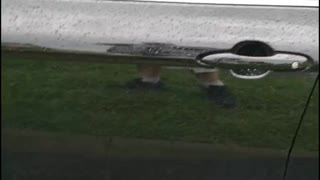 0:13
0:13
SamuelPaul
4 years ago $0.05 earnedBlack on Black
5551 -
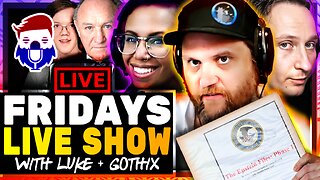 1:49:10
1:49:10
The Quartering
3 hours agoTrump DESTROYS Zelensky To His Face, Trump Assassin Accomplice & Epstein File Debacle
94.8K52 -
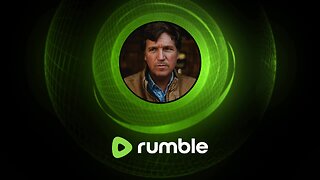 1:14:18
1:14:18
Tucker Carlson
5 hours agoDr. Richard Bosshardt Reveals Deadly Truth: Most Surgeons Aren’t Fit to Practice. Here’s Why.
112K75 -
 3:48:32
3:48:32
Right Side Broadcasting Network
7 hours agoLIVE REPLAY: Pres. Trump and Ukrainian President Zelenskyy Meet and Hold a Press Briefing - 2/28/25
223K101 -
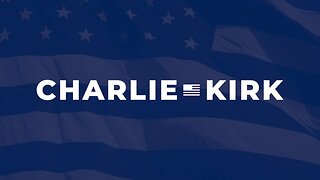 2:59:13
2:59:13
The Charlie Kirk Show
4 hours agoTrump vs. Zelensky Reaction + The Epstein Misfire + Charlie vs. Newsom | Schimel, Marlow, Baller | 2.28
171K56